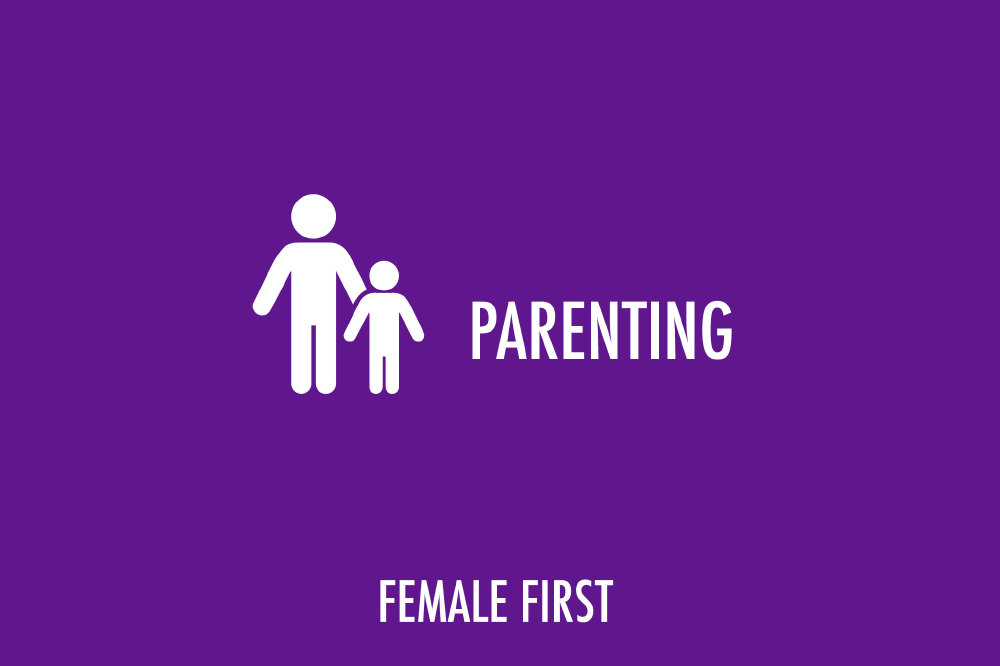-

Parenting on Female First
From birth, children naturally start to explore the world through the space and shapes around them. They begin by using touch and as anyone that works with babies and toddlers knows this is both mouth and fingers! Later they start to use their whole bodies. From five months, babies demonstrate an awareness of whether the number of objects around them is reduced or increased. By a year, this awareness has grown to include recognition of the names of number’s and some ability to recite them.
It’s important for this innate curiosity to be supported as much as possible. Here are Childcare Consultant and PACEY (Professional Association for Childcare and Early Years) Associate Julia Sudbury’s expert top tips how you can help to support numeracy skills in the first few years.
Daily Routine
Opportunities to support early number development are all around us and using daily routines is essential to introducing numbers in a meaningful way. Count as you do up buttons, talk about having ‘one shoe on, now two’, use personal routines to introduce number rhymes, count cups as you put them out, asking questions like ‘how many do we need?’ Children need to see and hear number names being used in real ways before they can start to use them.
Sorting games
Children enjoy sorting and from an early age a treasure basket containing a small group of the same object and one that is different will engage curiosity, e.g. three fir cones and one shell. As toddlers get older, provide opportunities for sorting to take place by having sets of cups, plates and cutlery in the role play area or cars that can be grouped by size or colour. Use words like ‘more’ and ‘lots’, or simple numbers in your discussions.
Music
Songs provide a fun way to support early number development and even the youngest baby enjoys moving to the rhythm of songs and being encouraged to clap or tap in time. Use numbered props to provide a visual reference to numbers and counting, such as numbered frogs to accompany the song Five Little Speckled Frogs; and have the children up and moving. Physically acting out songs will have much more meaning for children than just singing and listening. Don’t forget to include songs where the idea of ‘none’ or ‘all gone’ can be introduced.
Out and about
Encourage children to try and recognise numbers as labels by pointing out numbers in the environment, for example on doors, clock faces, and birthday cards. Children love to look at their birthday cards or to spot bus numbers when out on a walk. Having number lines displayed at child height around your setting is a great way to start and support number discussions, both between children and adults and children. Children will often find their age, or simply use the line to practise their counting while pointing to a number.
Games
Playing games that help children to develop physically such as curling, stretching and bouncing is a good way to foster shape, space and measures development. Provide opportunities to move and manipulate objects with different textures, weights and sizes, for example climbing into boxes, hiding under tables or crawling through tunnels. Support explorations in sand and water by giving children containers of different sizes and shapes, introducing terms such as ‘full’, ‘empty’ and ‘bigger’ as they experiment.
Providing opportunities for our youngest children to engage with maths does not require us to focus too heavily on a formal and academic style of learning. Just remember to provide opportunities that have real meaning and enjoyment for children. After all, when something is fun we all want to do it more!
Tagged in Parenting Tips

